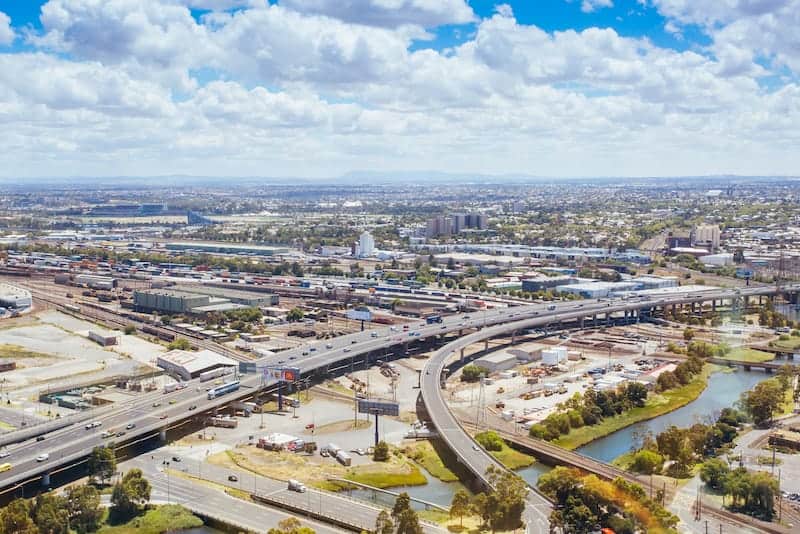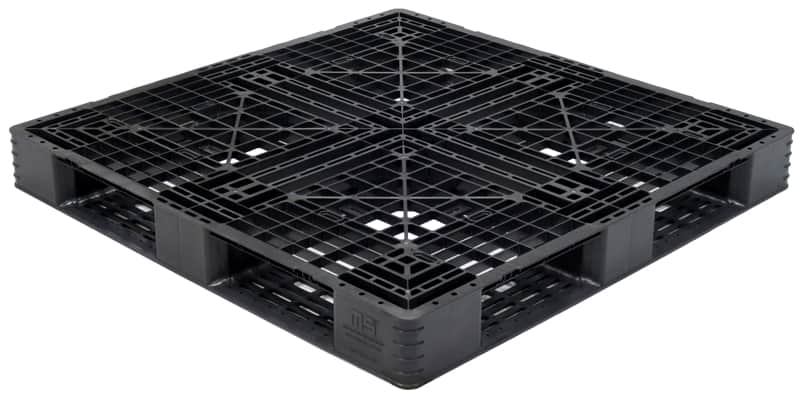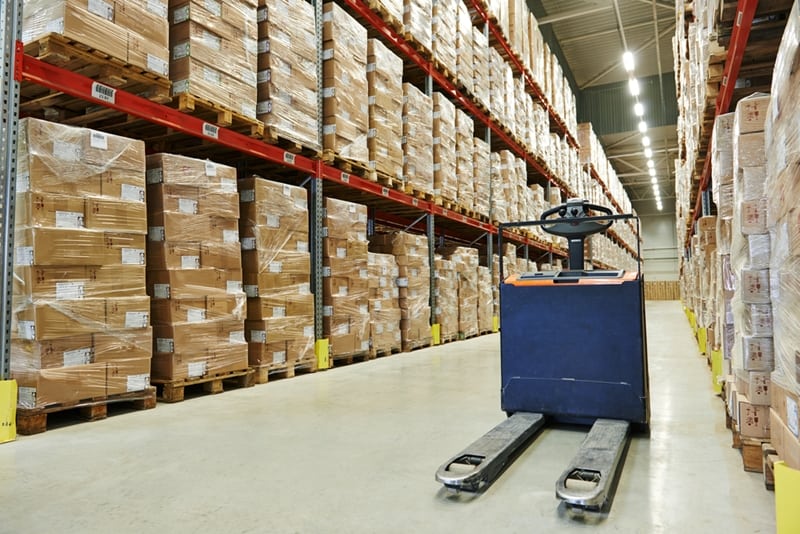Being an export business in Australia means you’ll likely use international shipping pallets at some stage in your operations. Export pallet requirements and regulations are different for every industry. But no matter what you work with, you should understand efficient shipping practices (i.e. cube optimisation), international pallet size regulations and the ISPM 15 customs regulations.


Export Pallet Dimensions & Sizes
You need to make sure that whoever receives your shipment can handle it quickly and efficiently. Every organisation has its setup in terms of what size forklift it uses and the types of storage racking available. If you send your products on plastic pallets that conform to their system, you stand a better chance of building a good relationship and seeing your goods dealt with as quickly as possible.
The standard pallet size in Australia is 1165 mm x 1165 mm, but not all countries use the same measurements.
The standard pallet size used for shipments in Australia is 1165 mm x 1165 mm, but not all countries use the same measurements. Most countries have particular pallet dimensions they tend to work with. However, nothing is stopping your suppliers from doing something contrary to the norm. As a result, one of the most important steps you can take in setting up an international supply chain is to talk to the suppliers and partners you intend to use.
Typical export pallet dimensions include:
- 1000 mm x 1200 mm, frequently used in the US.
- 1100 mm x 1100 mm, popular in Asia.
- 1200 mm x 800 mm, common in Europe.
Export pallet sizes also vary according to the industry, with some sectors working almost exclusively in one particular dimension. The International Organisation for Standardisation (ISO) has created six main sizing categories that most businesses adhere to when using export pallets.


We share a comprehensive table in our Australian Standard Pallet Sizes article that will provide you with a more thorough understanding of likely pallet sizes.
How to meet ISPM 15 regulations with Australian export pallets
Sizing isn’t your only challenge in exporting. You also need to meet international customs regulations with your international export pallets. And for that, you need an understanding of ISPM 15 regulations. Developed in collaboration with multiple countries around the world, the ISPM 15 regulations are a set of standards designed to govern any international shipment involving wooden packaging.
The aim is to stop the global spread of pests through wooden shipping materials. Wood is an excellent place for pests to make a home unseen. As a result, problem infestations can very easily be spread between countries and get out of control.
ISPM 15 regulations are a set of standards designed to govern any international shipment.
Whenever a shipment involving wooden packaging arrives at customs, officials will ask to see proof that the materials have been appropriately treated. What this means in practice is that the sender has had any wooden materials fumigated and has the certification mark to prove it. Theoretically, this certification lasts indefinitely unless the packaging is altered. In practice, this certification only confirms that the materials are free from pests at the time of the check. It’s wise to check what other signs of infestation the country you ship to looks for.
Problems with the correct paperwork can cause significant delays. You may have to pay for your pallets to be fumigated, and in the worst-case scenario, your shipment could be returned to its port of origin.
Companies using plastic export pallets avoid these concerns altogether. Lightweight, durable and cost-effective, Eco Pallets Export Pallets make shipping pallets overseas a breeze.
Other considerations for international shipping pallets
Remember your plastic export pallets need to work throughout the shipment cycle where you may work with a variety of partners, all of whom have different arrangements in place. As well as export pallet dimensions, you’ll also have to consider pallet weight and strength.
All pallets have the maximum load they can bear. This maximum weight is different when loaded pallets are kept stationary. And on the ground, the weight is as opposed to being transported while loaded or stored in racking. If your partners will need to move your stock around their warehouse or store it at height. You’ll need to find out how they do so and what type of racking arrangement they use to ensure your final plastic pallet choice doesn’t hinder their operations.


A plastic pallet’s weight meanwhile, is more likely to affect your operations. And you’ll want to keep it in mind to minimise any weight-based shipping costs. The lighter the pallet, the better your fuel economy and in some cases, this means you save when using third-party transport providers. Plastic pallets are considerably lighter than their wooden counterparts and so may represent the best value.
Of course, shipping providers might also calculate the cost according to the amount of space your shipment takes up. If that’s the case, and especially if you’re working in a closed-loop supply chain, consider what size of pallet would make the best use of the space available both on the outgoing journey and when pallets are returned to you.
If you need some advice about what type of pallet supports your Australian export business – contact Eco Pallets today. Our team are expert in all things related to pallets and shipping, including customs regulations and typical dimensions. Call 08 9353 3113 to contact our Eco Pallets head office in Forrestfield, WA.









